The Independent's journalism is supported by our readers. When you purchase through links on our site, we may earn commission. Why trust us?
How to treat sunburnt skin and soothe painful side effects, according to dermatologists
Suffering from sunburn after the bank holiday? Often painful, uncomfortable and dangerous for skin health, here's what you can do to minimise damage
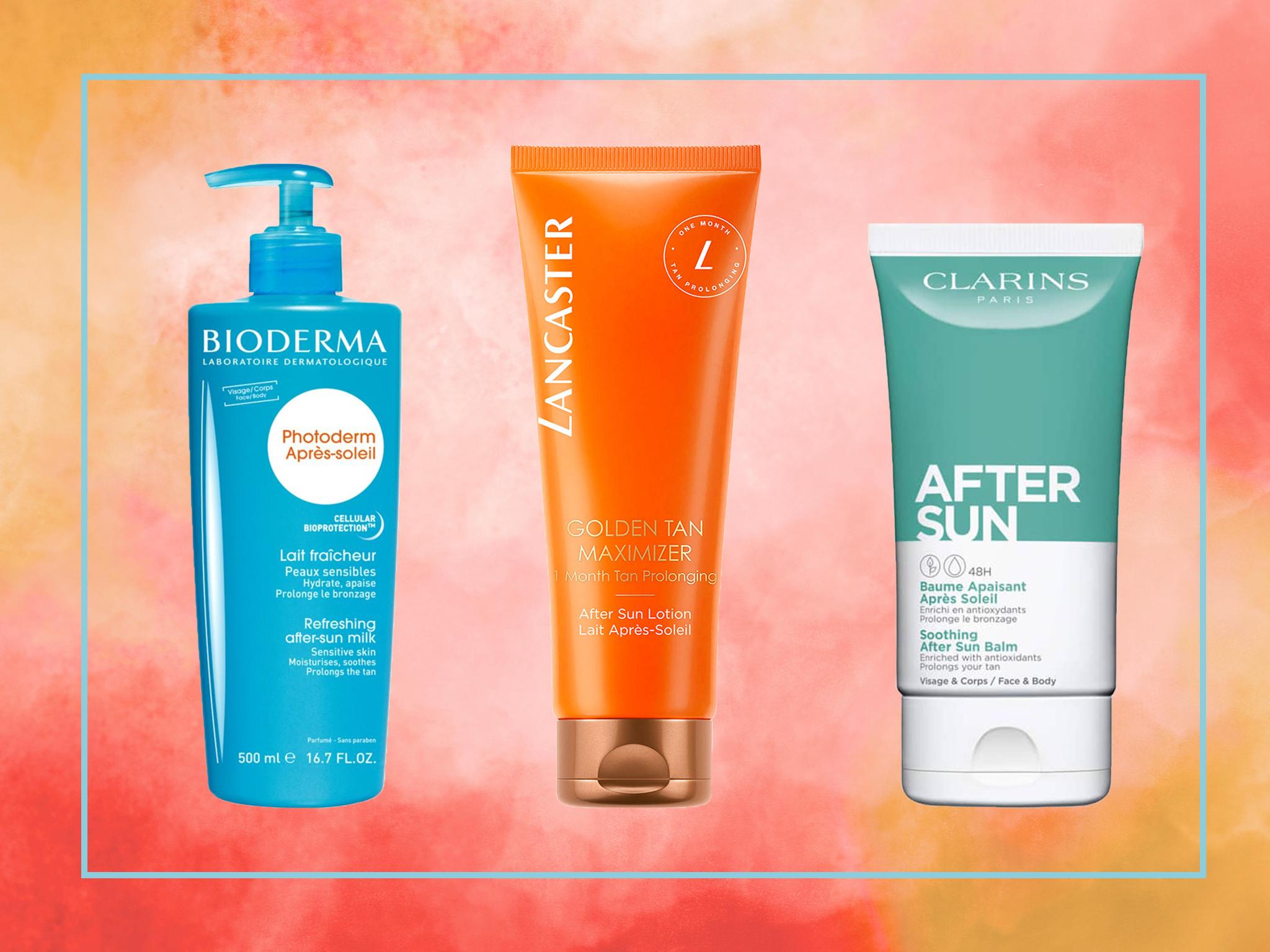
After a rainy few months, the end of May bank holiday was the first weekend of sunshine we’ve been able to enjoy. While many of us couldn’t wait to soak up the rays on a summery walk or pub garden visit, you may have been caught out by the warm weather and found yourself developing a sunburn.
At its minimum, sunburn can be deeply uncomfortable as skin becomes so sensitive it can be difficult to stand under a shower or get to sleep and, at its worst, can lead to infected, painful blisters. “Sunburn is an acute reaction in the skin that follows excessive overexposure to ultraviolet (UV) radiation,” explains Dr Anjali Mahto, consultant dermatologist and British Skin Foundation spokesperson.
“It causes direct damage to DNA resulting in inflammation and death of skin cells. The risk is higher in equatorial areas or at altitude, particularly in those with fair skin types," she adds. According to the dermatologist, sunburn in childhood or adolescence can double the risk of developing melanoma in later life.
To prevent sunburn, it’s imperative that you wear sunscreen when going out in the sun, and Dr Mahto recommends using an SPF30 or higher to protect against UV rays. “Ensure you apply plenty of sunscreen 15 to 30 minutes before going out in the sun, and reapply every two hours and straight after swimming and towel-drying. If you apply in the morning, sunscreen is likely to have lost efficacy by lunchtime when the UV index is highest.”
Your clothing can offer respite, too, so wear a hat to cover your face, neck and ears. And always make sure that babies and young children are kept out of direct sunlight.
Read more:
While no one intends to spend too long in the sun, sometimes we end up sunburnt despite diligently applying SPF, so we’ve got you covered with a guide on how to treat it to minimise long-term damage to your skin this summer.
You can trust our independent round-ups. We may earn commission from some of the retailers, but we never allow this to influence selections. This revenue helps us to fund journalism across The Independent.
How to treat sunburn
Before you douse yourself in aloe vera, there are a handful of steps you can take to reduce discomfort.
First, get out of the sun. Then Dr Mahto recommends taking painkillers to help relieve the pain and reduce inflammation caused by sunburn.
“Anti-inflammatory drugs such as ibuprofen are ideal and should be continued for a period of at least 48 hours. Paracetamol will help with pain but has little effect on inflammation.”
Once you’re safely in the shade or indoors, Dr Mahto advises to apply a cool compress to the skin with a damp towel for 15 minutes or take a bath or shower with water that’s just below a luke-warm temperature.
“If blisters are starting to develop, then a bath is preferable. Do not rub your skin with a towel, but gently pat it dry when you get out,” she says.
What helps sunburn?
After that, moisturising is key to reducing peeling. Moisturiser should be applied regularly in the days and weeks following your sunburn.
According to Dr Matho, gels and lotions containing aloe vera or soy are beneficial in soothing the skin: “Aloe vera not only has a cooling effect on the skin but also acts as an anti-inflammatory.”
She also warns against using creams or lotions that contain petroleum, benzocaine or lidocaine, as these can either trap heat in the skin or cause localised skin irritation.
In our guide to the best aftersun products, we loved this Dr Organic aloe vera gel (£5.24, Hollandandbarrett.com).
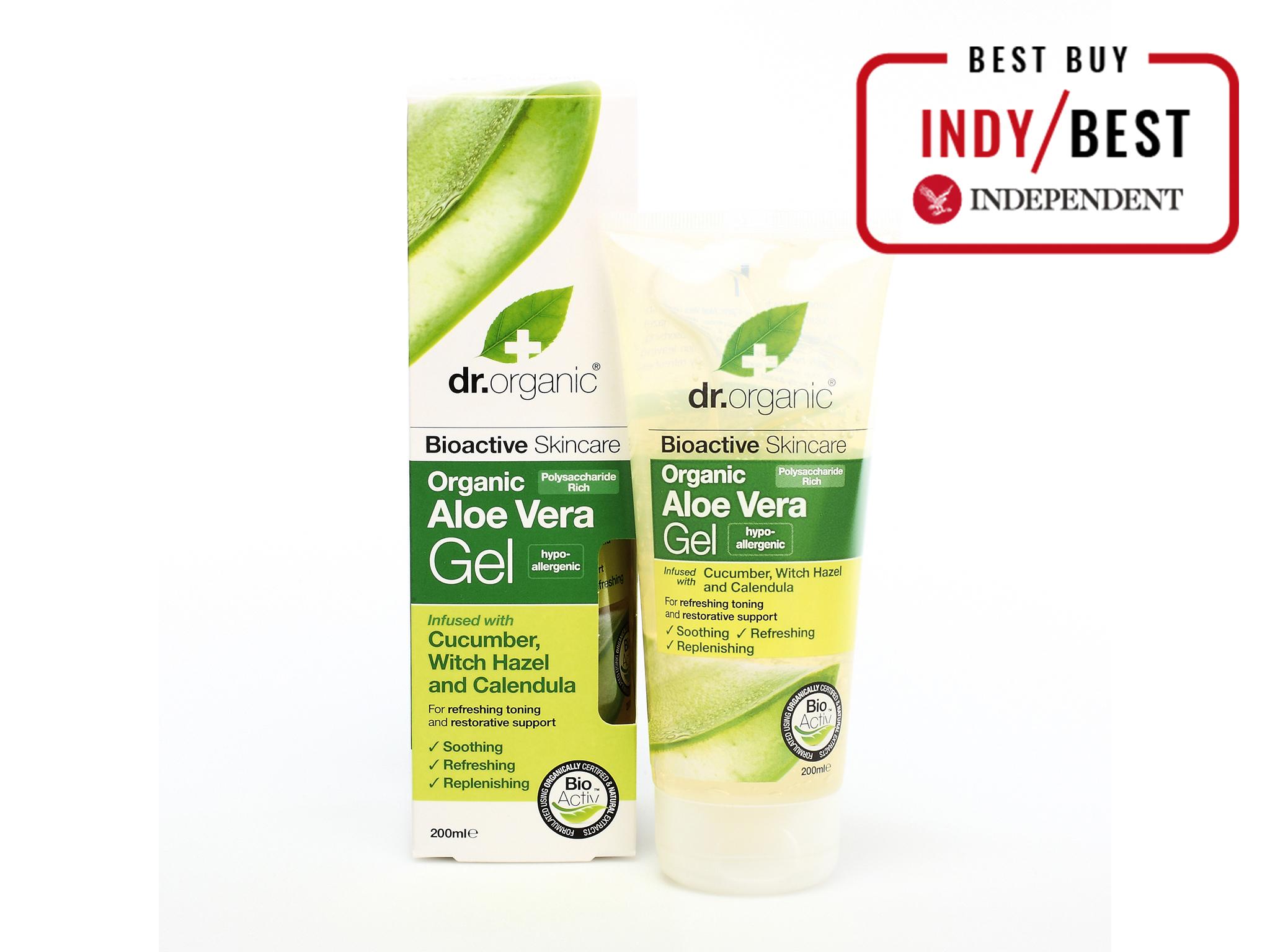
Our reviewer awarded it top marks for its soothing, moisturising capabilities for sun-stressed skin.
The Clarins soothing aftersun balm (£22, Clarins.co.uk) also impressed us with a luxurious, butter-like texture that worked wonders for dry skin, too.
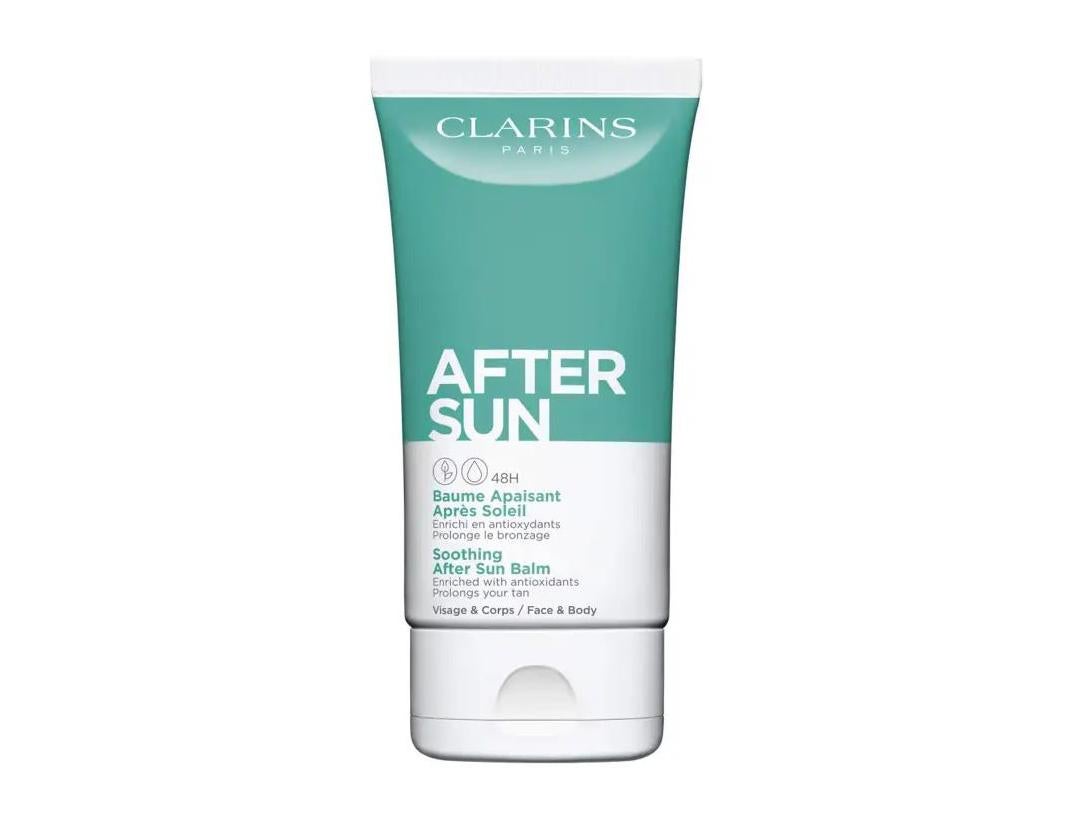
It’s packed with antioxidants, watermelon, aloe vera, shea butter and sunflower seed extract, and it’s safe enough to use on your face, too.
Once your skin starts to tan, if you’re hoping to prolong it, try this Lancaster sun tan maximiser after-sun lotion (£28, Lookfantastic.com).

The milky lotion is infused with buriti oil, which helps to maintain a sun-kissed glow once your sunburn has calmed down, while delivering an intensive moisture boost for peeling skin.
Keep this Bioderma photoderm refreshing after-sun milk (£12, Feelunique.com) on your bathroom shelf for speedy application morning and evening.
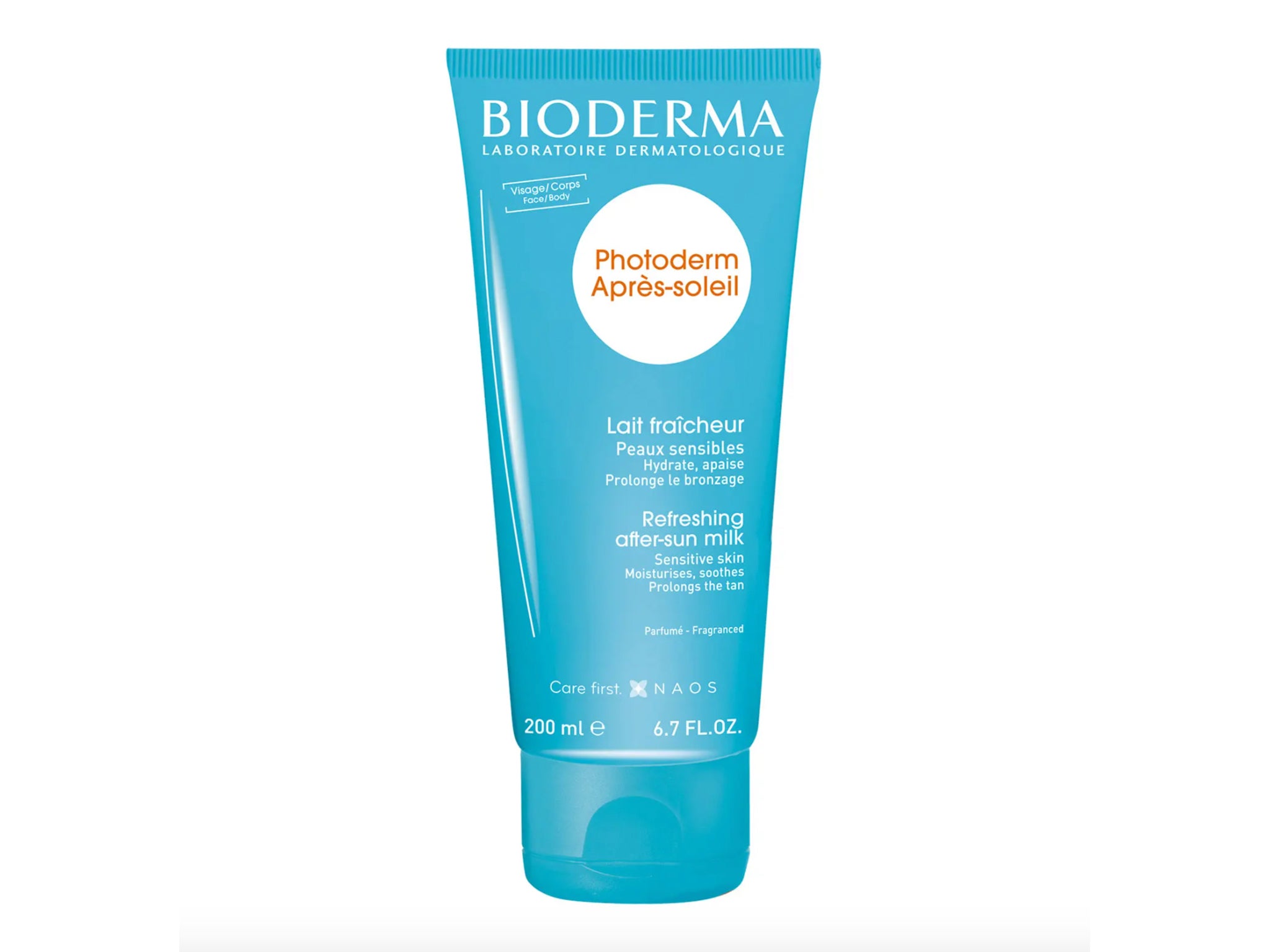
It’s a lightweight, fast-absorbing milk that will leave your skin feeling soft and supple.
Adjust your skincare routine
If you’ve suffered sunburn on your face, adapt your skincare routine so as not to cause any further irritation.
Keep it simple, says Dr Hiva Fassihi, La Roche-Posay consultant dermatologist: “On the face, make sure to avoid all actives in your skincare and focus on replenishing the skin barrier.”
In our guide to best cleansers, we were left impressed with the La Roche-Posay makeup remover milk (£12.50, Lookfantastic.com), which, while marketed for dry skin, is gentle and hydrating.
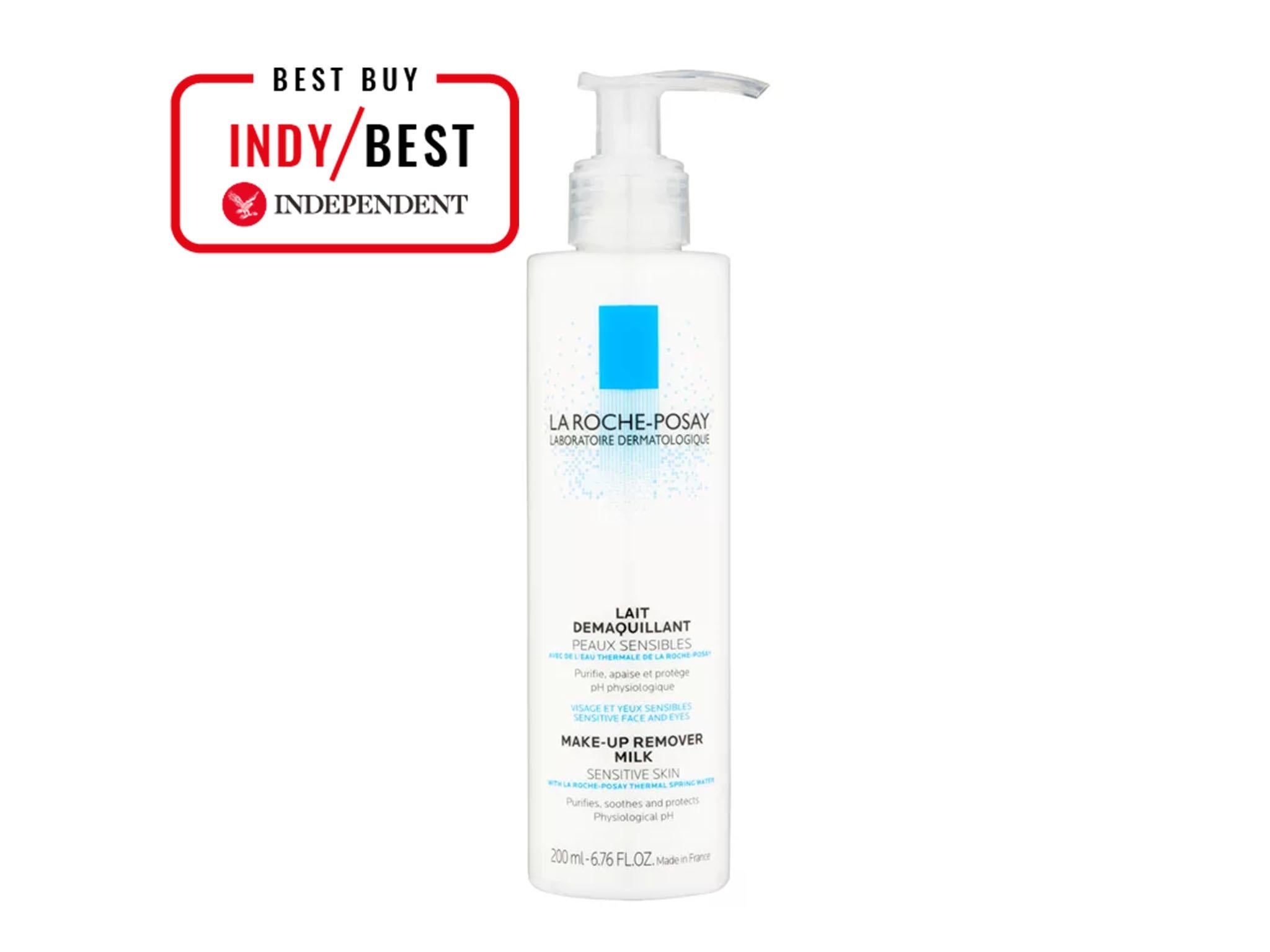
It doesn’t leave a noticeable residue that might exacerbate oily areas, and it gives the feeling of properly cleansing the skin to avoid breakouts and irritation.
While it isn’t an aftersun, this Avène soothing thermal spring water spray (£13, Boots.com) is worth keeping to hand at all times, and not just for refreshment.
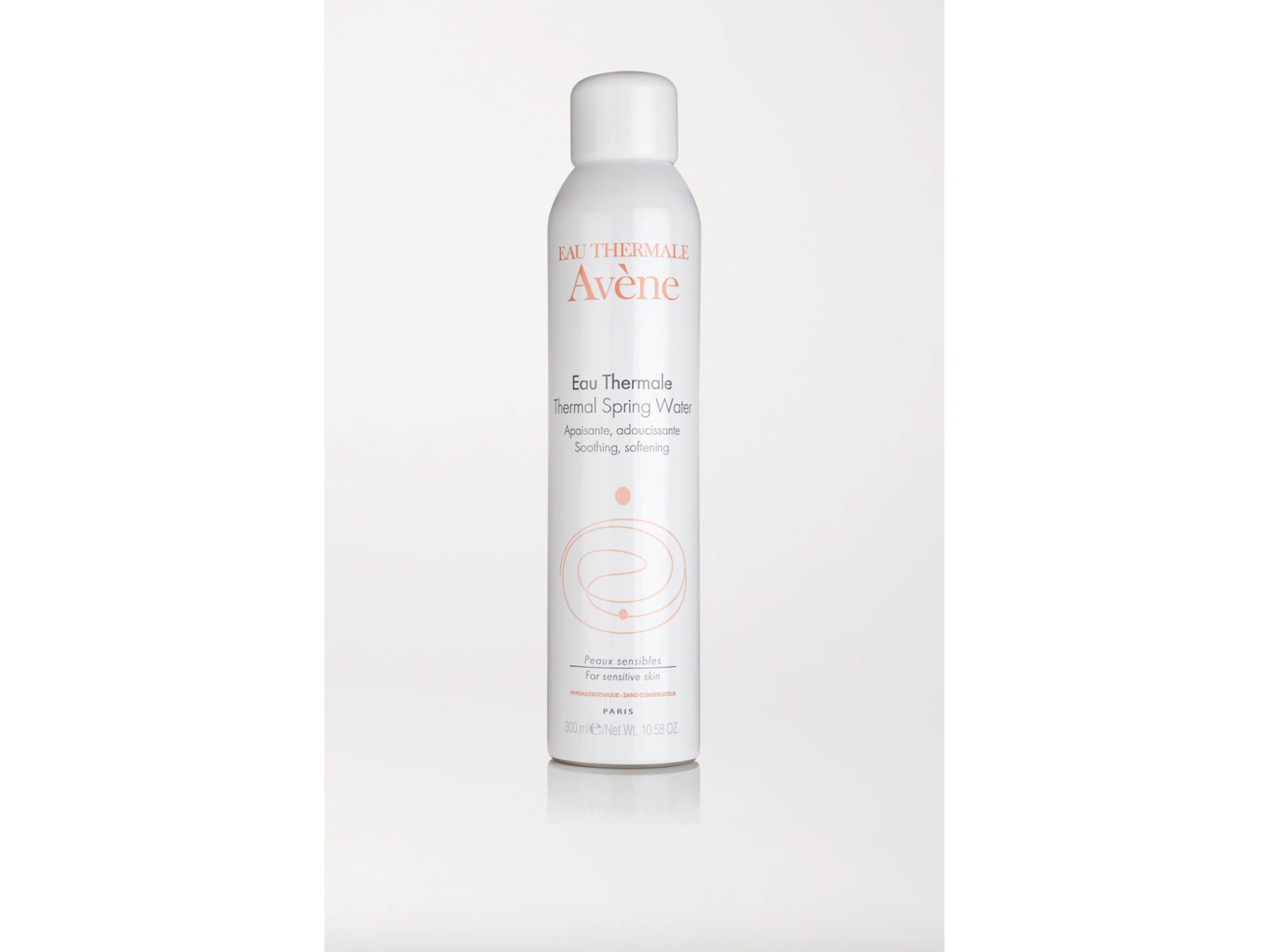
It’s a fragrance-free fine mist that is designed for hypersensitive, allergic and irritated skin and will take the sting out of sunburn with a quick spritz. It comes in handbag-friendly sizes all the way up to a 330ml jumbo-size spray, which will last you months, no matter how liberally you apply it.
Stay hydrated
According to Dr Mahto, sunburn can encourage fluid loss through the skin and leave you dehydrated, so drinking plenty of water will help your recovery.
In our review of best reusable water bottles, the Hydro Flask wide mouth (£41.95, Hydroflask.com) came out on top.
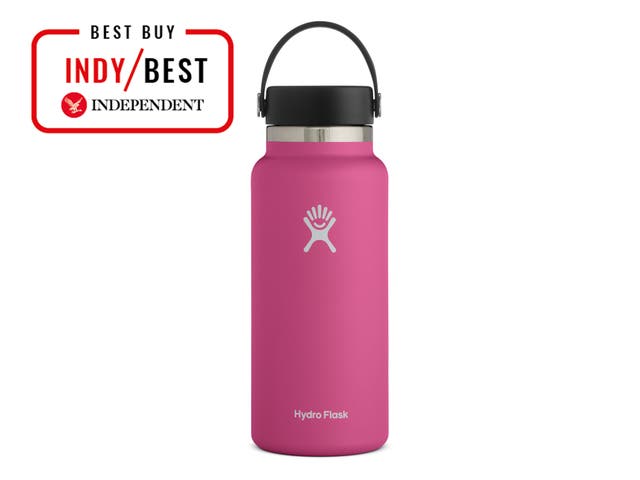
“Made using 18/8 pro-grade stainless steel, it benefits from double-wall vacuum insulation, which keeps cold drinks cold for up to 24 hours and hot drinks hot for up to 12 hours,” said our reviewer, who found it lighter than most insulated water bottles, perfect for when you’re on the move. They went on to add, “It also has a wide mouth that makes drinking water a lot easier, and since it holds 946ml, you will hit your daily water quota without taking multiple trips to the tap.”
If your skin starts to develop blisters, Dr Mahto recommends not popping them as this can lead to infection and scarring, and they will heal by themselves after a few days.
Of course, prevention is always better than a cure, and as Dr Fassih explains: “While sunburn is often short-lived and mild, it's important to try to avoid it, because it can increase your chances of developing skin cancer."
Voucher codes
For the latest discounts on beauty and make-up buys, try the links below:
For more hot-weather essentials, read our guide to the best non-greasy, facial SPFs for daily protection